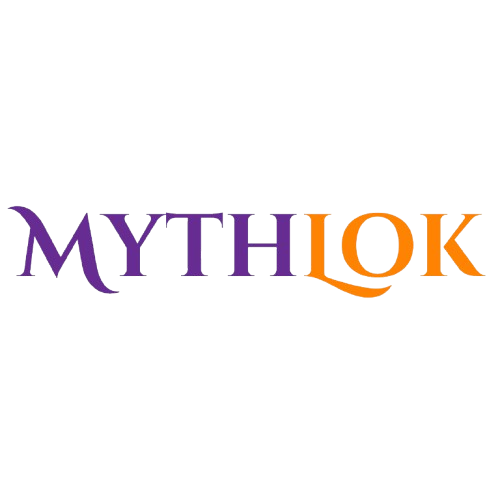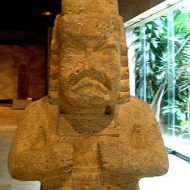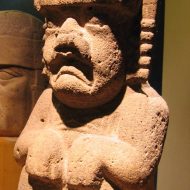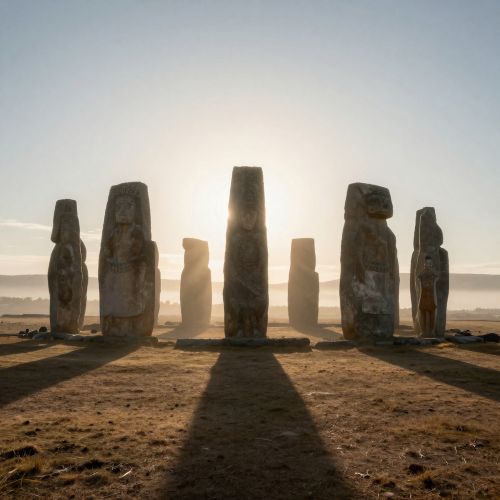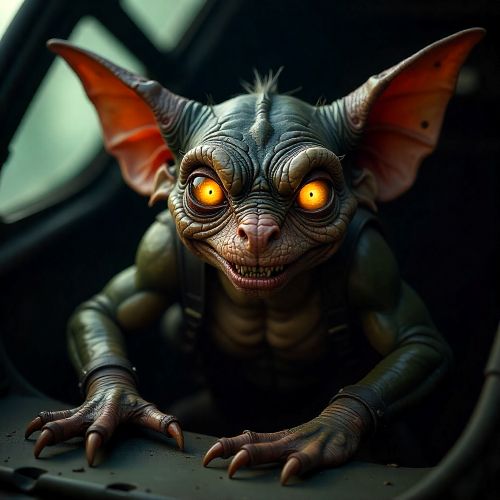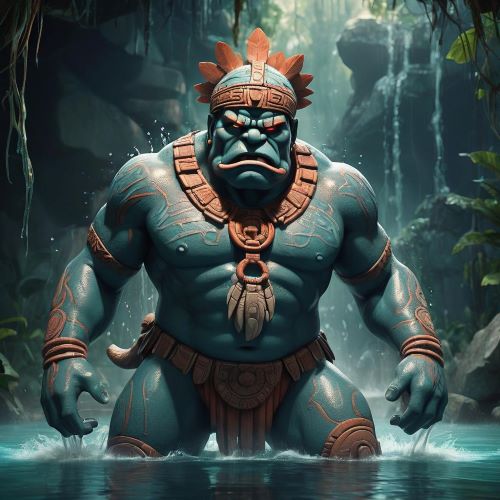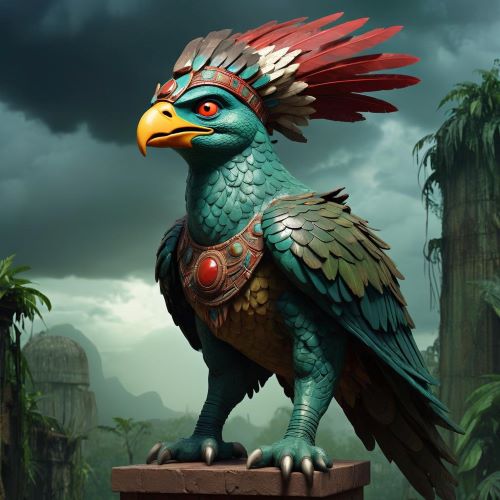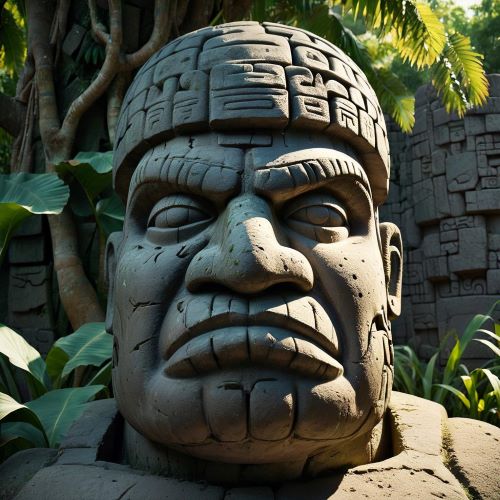Were Jaguar : The Rain God
Listen
At a glance
| Description | |
|---|---|
| Origin | Olmec Mythology |
| Classification | Gods |
| Family Members | N/A |
| Region | Mexico |
| Associated With | Jaguar, Rain |
Were Jaguar
Introduction
The were-jaguar is a part of the Olmec mythology and is considered a deity or supernatural entity. It was initially believed that the were-jaguar was linked to a myth about a woman and a jaguar copulating. However, other theories have since emerged that claim that the were-jaguar may not actually represent a jaguar.
The were-jaguar was highly regarded in pre-Columbian societies as a symbol of leadership. In addition, the ruling elite used the motifs of the were-jaguar to reinforce their authority. However, this doesn’t explain the nature of the were-jaguar’s design. For over half a century, scholars have been debating the were-jaguar’s possible origins.
According to some researchers, the depictions of were-jaguar copulation on monuments were merely the beginning of a cult or a representation of conquest in battle. Instead of depicting sexual encounters between humans and jaguars, experts sees the animals as aggressors. Most of the sculptures and reliefs in the Olmec mythology feature figures wearing loincloths, which suggests that they are not sexually explicit. According to researchers, it is not uncommon to see unclothed individuals representing dead enemies or prisoners in battle.
Physical Traits
The basic were-jaguar design features a cleft head, a sloped almond-shaped eye, and a downturned open mouth. However, it was later revealed that not every feature of the were-jaguar was representative of a real were-jaguar. To further enhance the were-jaguar’s supernatural nature, some researchers have linked the design to the rain deity.
Aside from the were-jaguar’s prominent features, such as a cleft head and almond-shaped eyes, the rain spirit also has other characteristics. One of these is a headdress, which is typically made of a cleft. The headdress is also often divided horizontally and features several ornaments. Aside from the headdress, the were-jaguar also has various other features that are designed to enhance its supernatural nature. Some of these include ear bars and a crossed-bars icon on the chest or belly.
These features are also commonly used to depict the were-jaguar’s various emblems. The “X” is also featured on the animal’s belt and cloak, and it can also be seen within the symbols of buildings and temples. Although the link between death and the underworld is still unclear, it could be a more simple explanation.
Other Names
The Were Jaguar is also known as the Olmec Rain Deity or God III in scientific circles.
Powers and Abilities
Not much is known about the powers or role of the were jaguar due to the lack of any written records of the Olmecs.
Modern Day Influence
There is a disagreement among researchers about whether the were-jaguar and the Rain Spirit are actually two separate gods. Some researchers, such as Christopher Pool, claim that the were-jaguar is related to the Rain Deity, while others, such as Anatole Pohorilenko, claim that the two are actually two separate entities.
According to Joralemon, the Olmec rain spirit is based on were-jaguar features, but this is not the case. Carolyn Tate questions the concept’s existence, and instead argues that the iconography of the embryo-corn kernel is central to the Olmec’s mythology.
Related Images
Frequently Asked Questions
What is the were jaguar?
The were-jaguar is a mythical Mesoamerican creature that can shapeshift between human and jaguar forms. It possesses supernatural powers and is associated with spiritual significance. It’s prominent in Olmec culture.
Are werejaguars stronger than werewolves?
Werejaguars and werewolves are both powerful creatures with supernatural abilities. Their relative strength depends on the specific cultural context and stories. Both are products of human imagination and their powers can vary.
What did the jaguar mean to the Olmecs?
Why did jaguars figure prominently in Olmecs art?
Jaguars were prominent in Olmec art due to their power, spiritual significance, cultural identity, and the artistic mastery of Olmec artists. They symbolized strength, healing, and connection to the supernatural.

